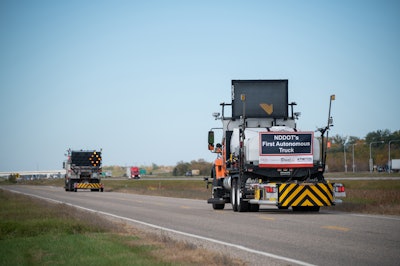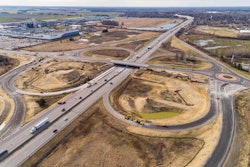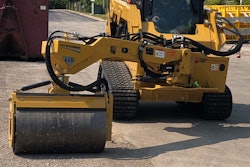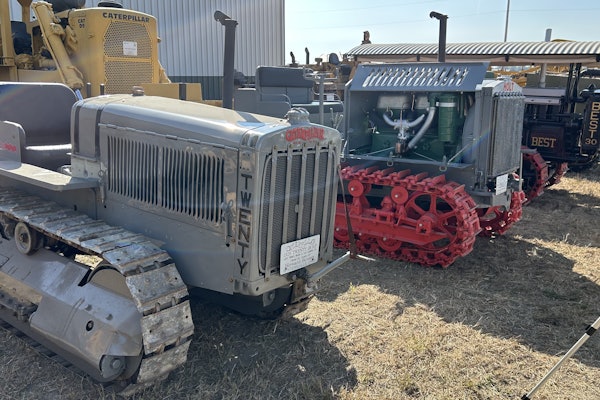
State departments of transportation have long used crash trucks to protect road work zones. But that often leaves the driver of those vehicles potentially in harm’s way.
The North Dakota DOT becomes the latest state to further increase safety by taking the driver out of the crash-impact truck, replaced by an autonomous truck-mounted attenuator.
The NDDOT used a $241,687 grant last year from the Federal Highway Administration to outfit one of its trucks with the driverless technology developed by Kratos Defense in partnership with Royal Truck & Equipment.
Colorado DOT became the first state transportation agency to test the device in 2017. It uses the automated truck for line-striping operations. When unveiling the world’s first automated truck-mounted attenuator, the CDOT noted that its human-driven TMAs had been struck 26 times within four years.
Since the CDOT’s adoption, other DOTS have tested the automated crash trucks. This year, the American Society of Civil Engineers named NDDOT’s autonomous impact protection vehicle one of its 13 Infrastructure Gamechangers.
The autonomous truck is designed to protect road crews from errant drivers by providing an absorbent barrier at the back of the truck between the intruding driver and the work zone. The autonomous truck follows a lead truck during slow-moving operations, such as line painting. The lead vehicle transmits navigation data to the automated vehicle.
“The autonomous vehicle will be monitored and controlled by a human-operated lead vehicle and will automatically follow behind construction equipment without putting a driver in danger,” NDDOT says.
Kratos says the ATMA receives data that is encrypted for security, and the system is equipped with multimodal front- and side-view obstacle detection, a user interface that provides system feedback, situational awareness, multi-camera views and operator controls.
In 2019, NDDOT reports, it had 261 crashes in work zones, 64 of which caused injury and two that were fatal.
On October 8, the agency rolled out the autonomous vehicle for a test spin. It says it plans to deploy the vehicle in the Fargo area this spring.
“This technology is one more tool that we will have available to enhance the safety of work zones in our state,” says NDDOT Director Bill Panos.















